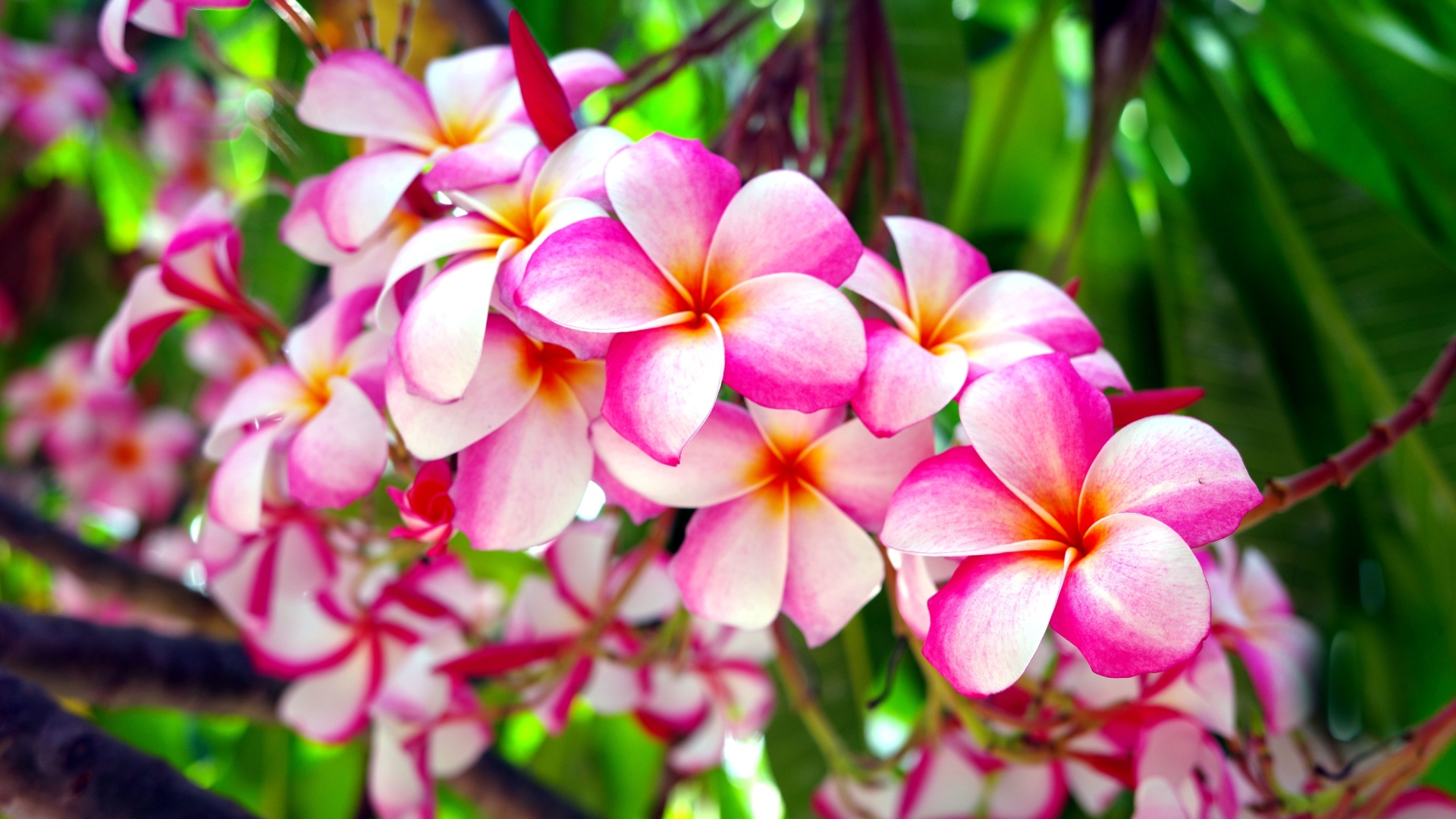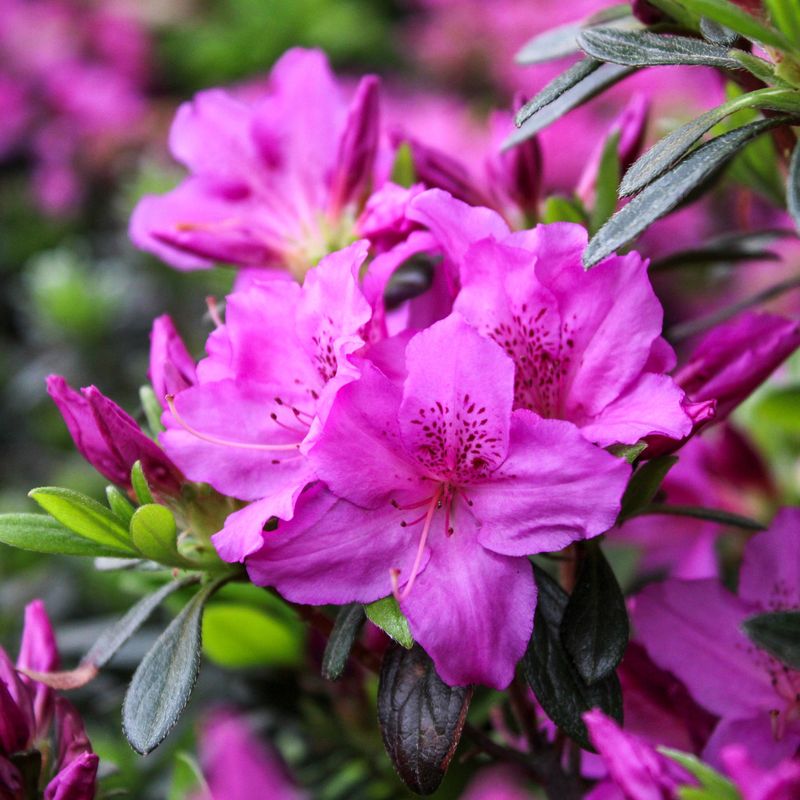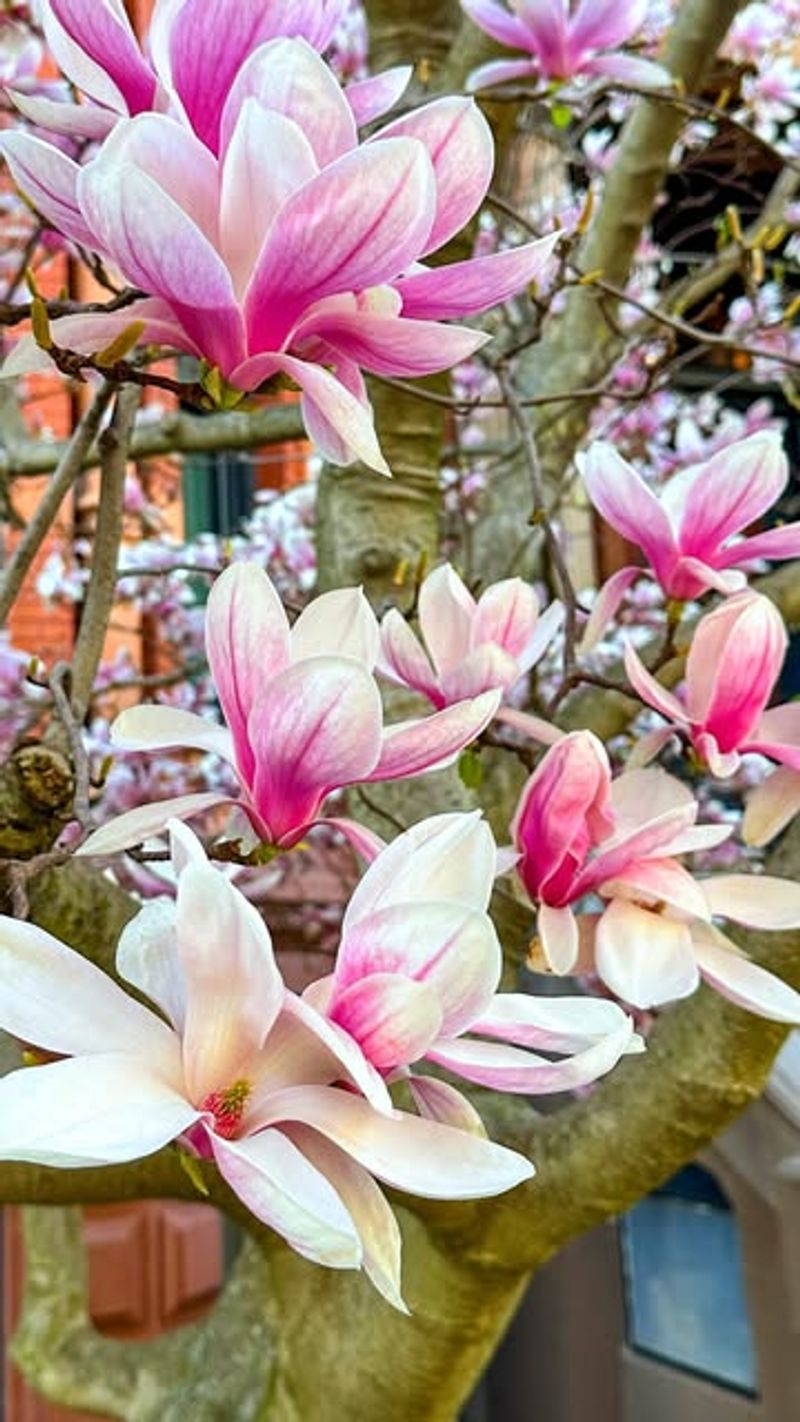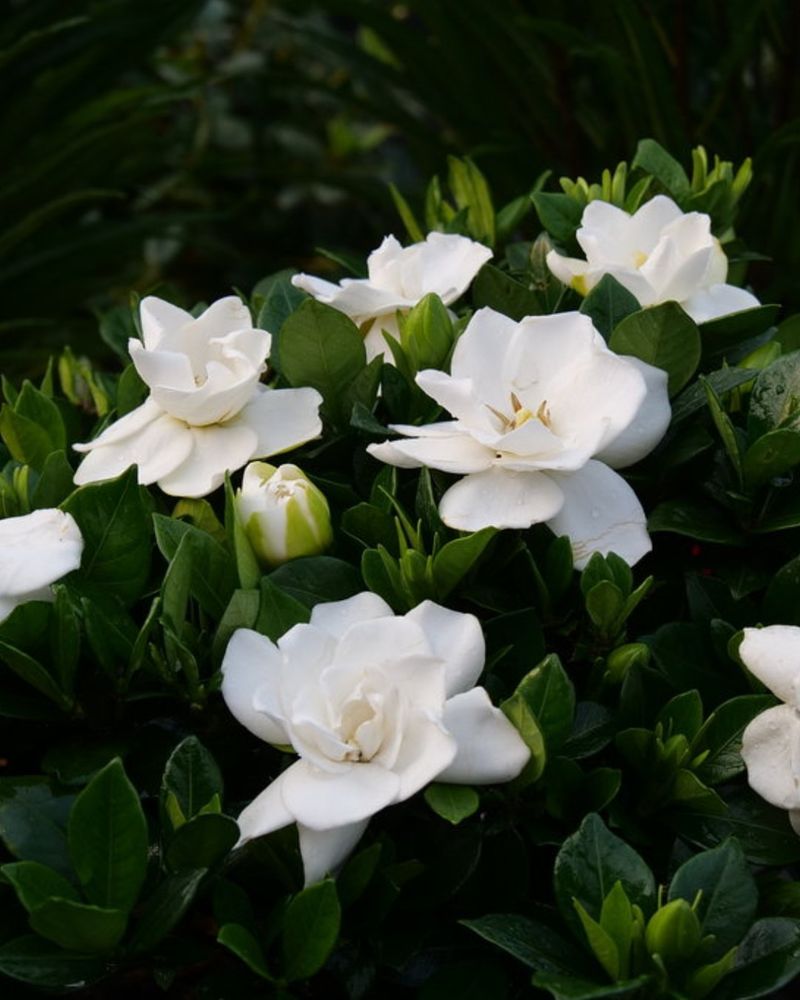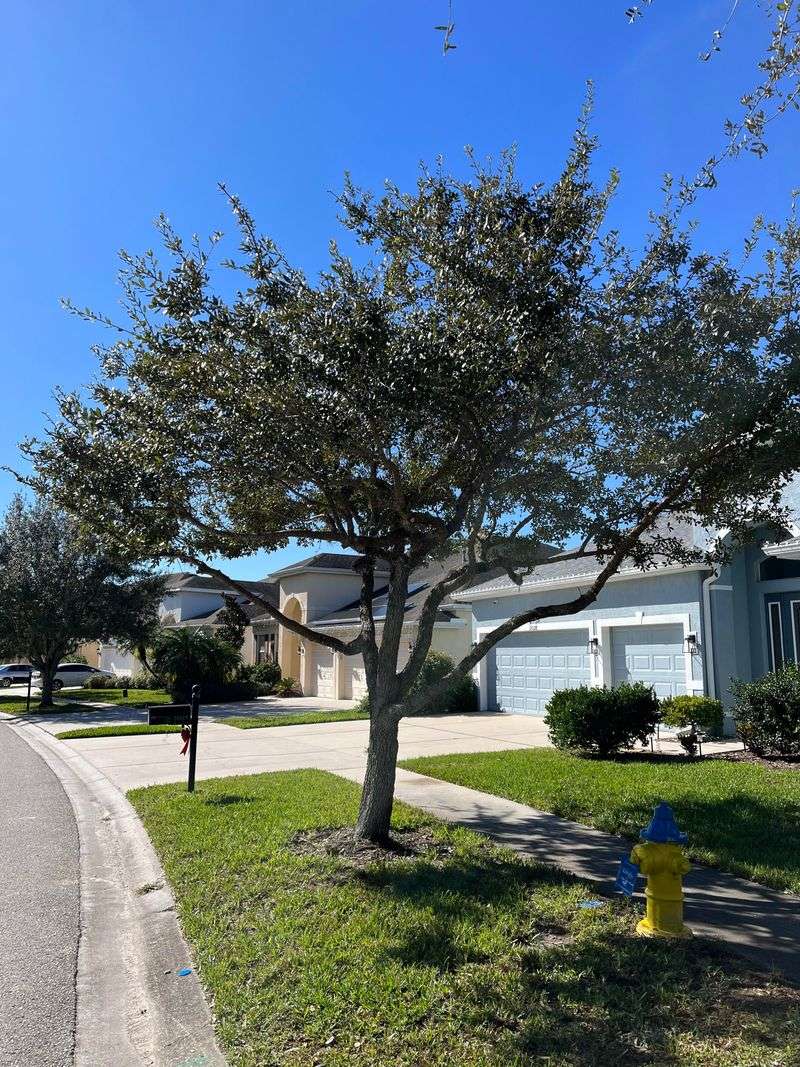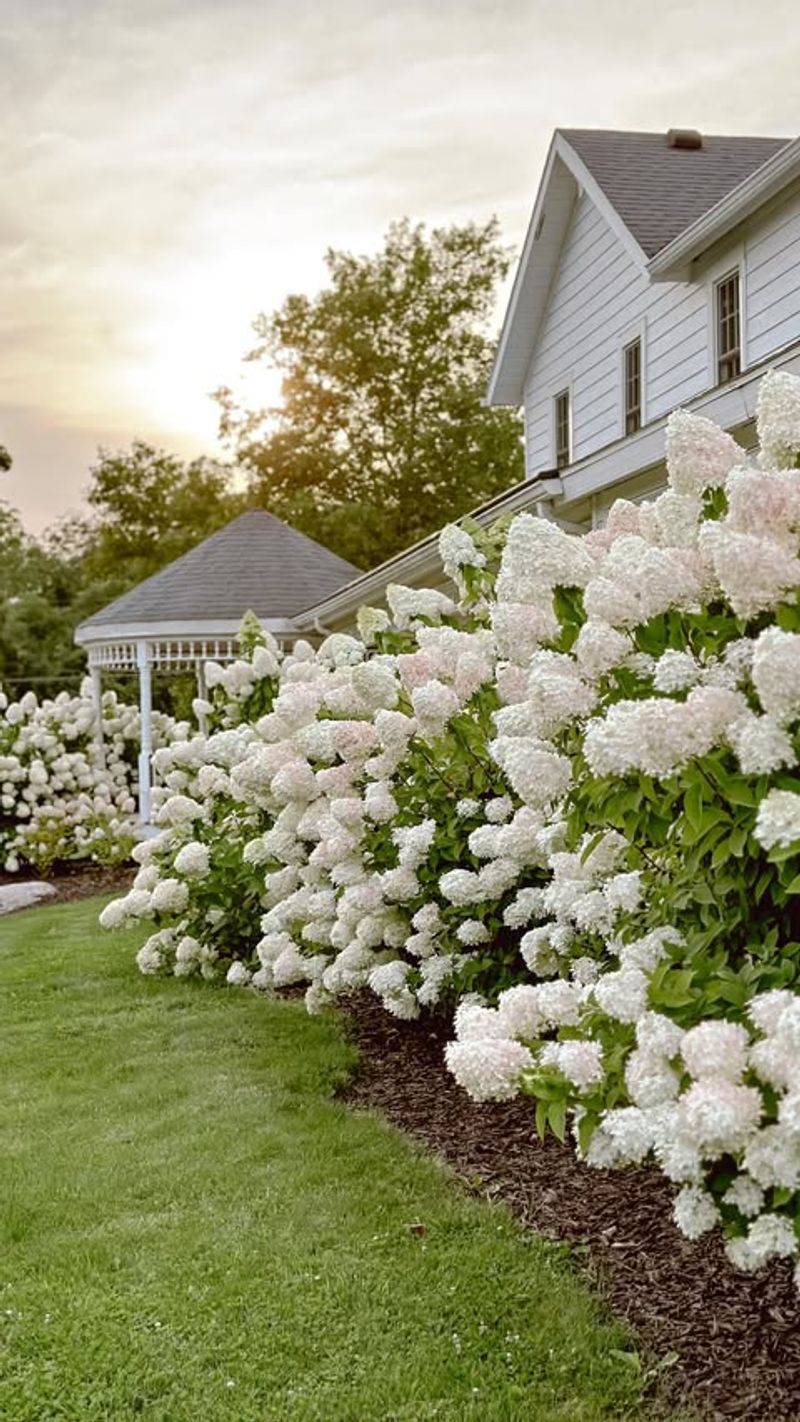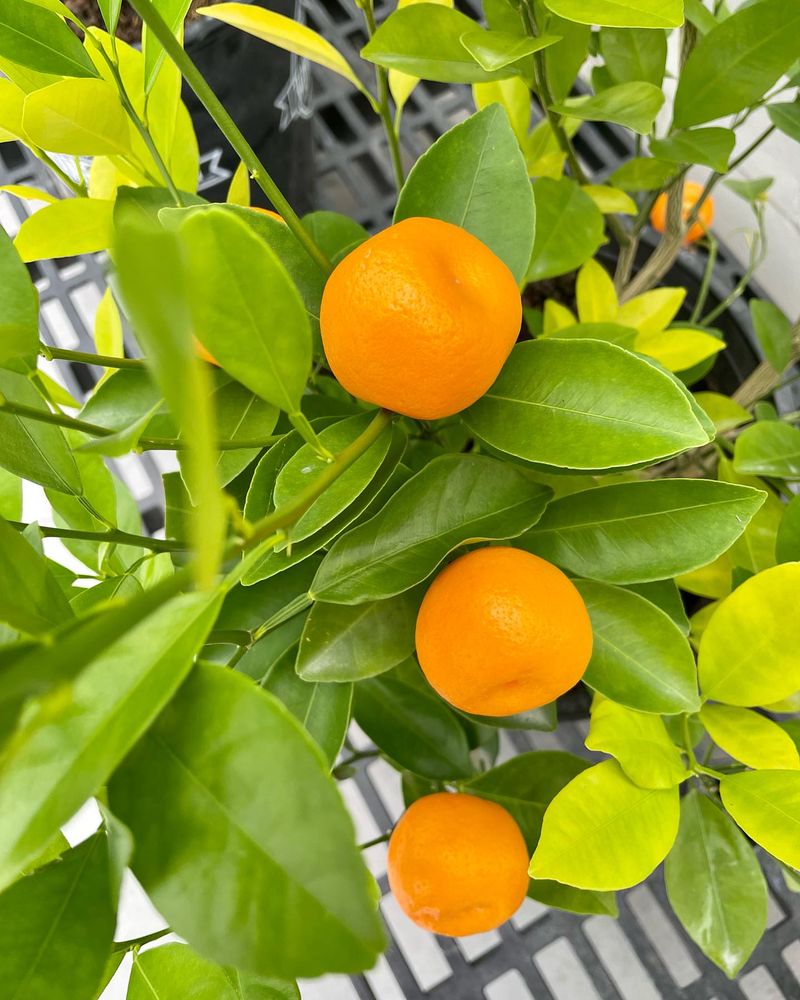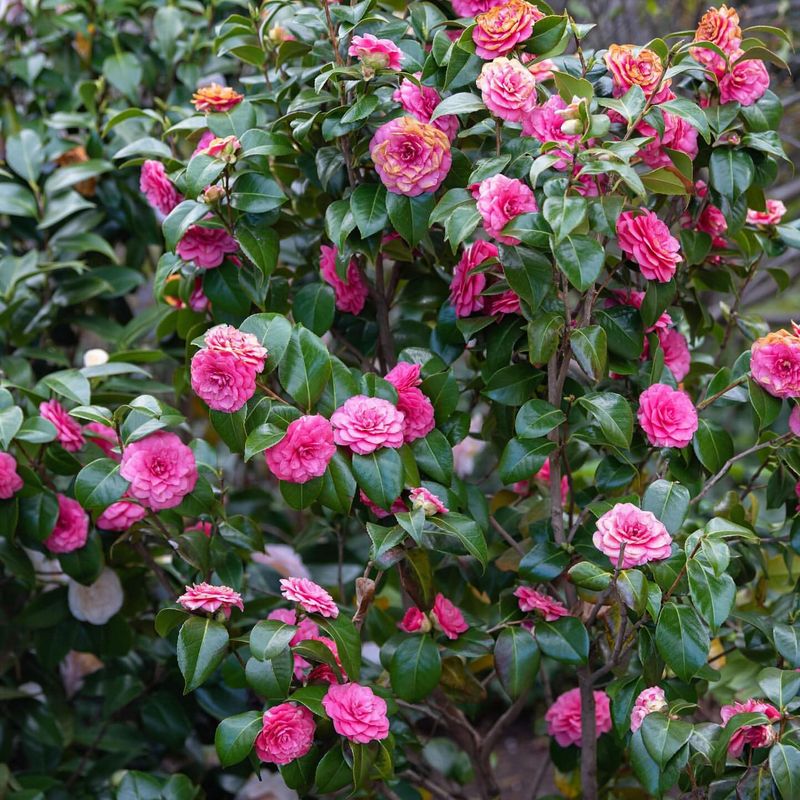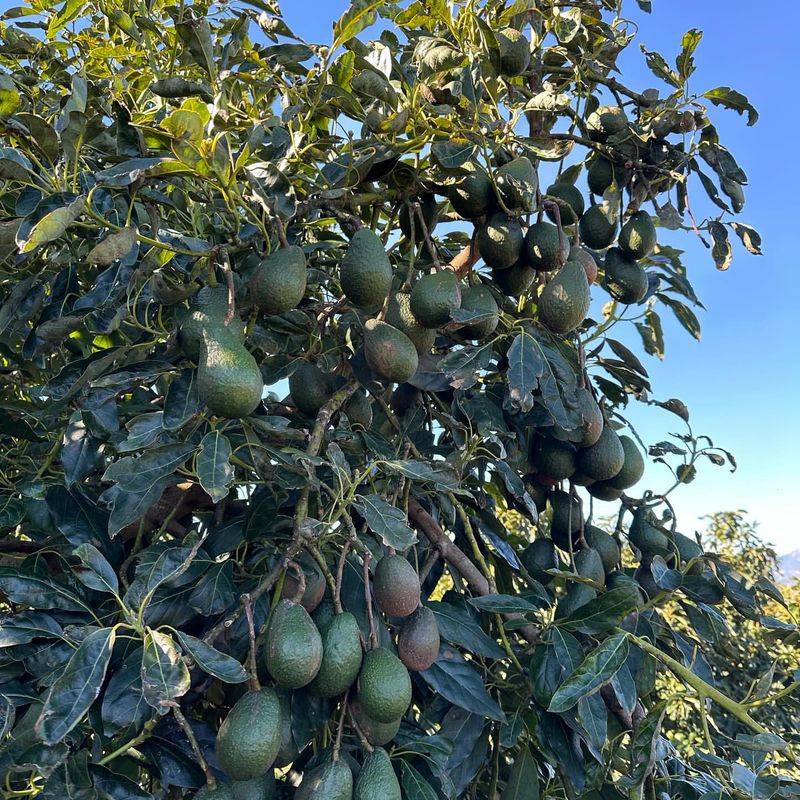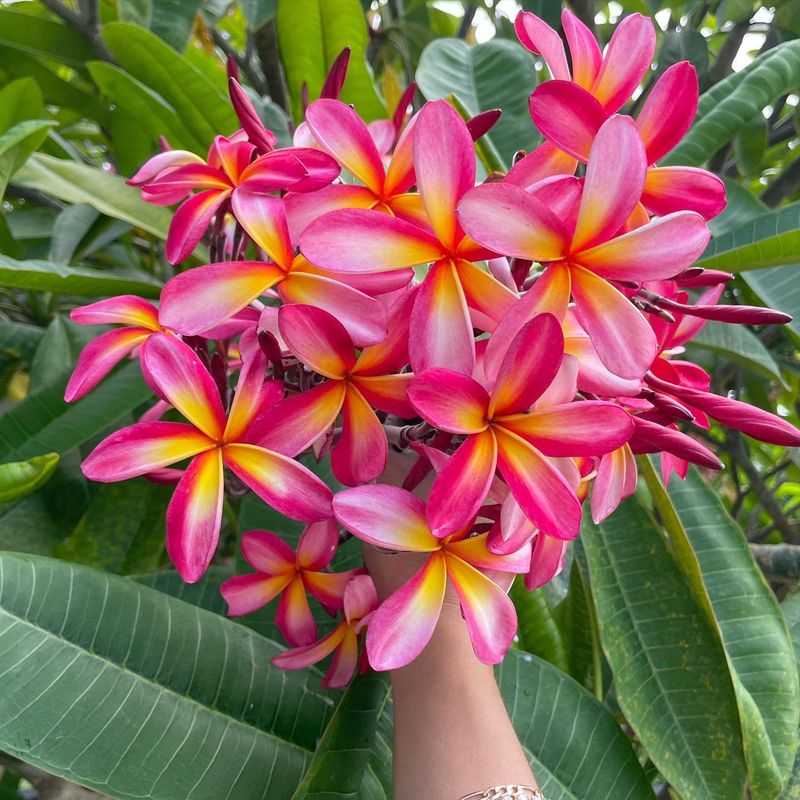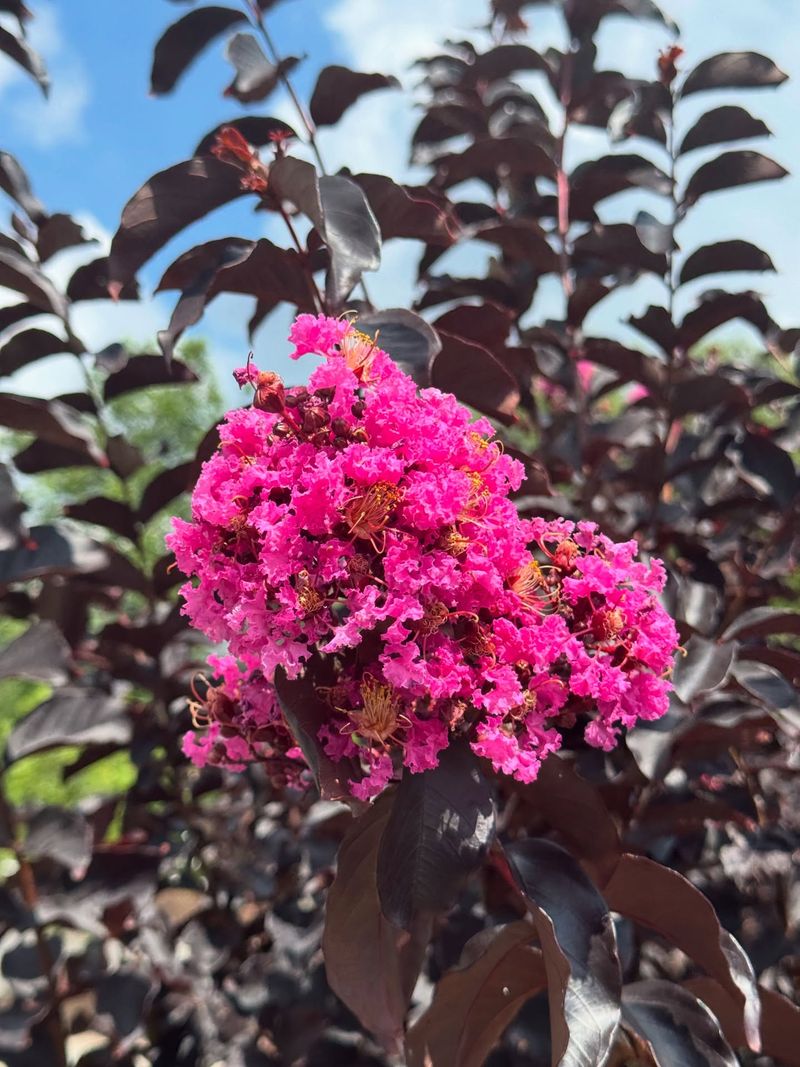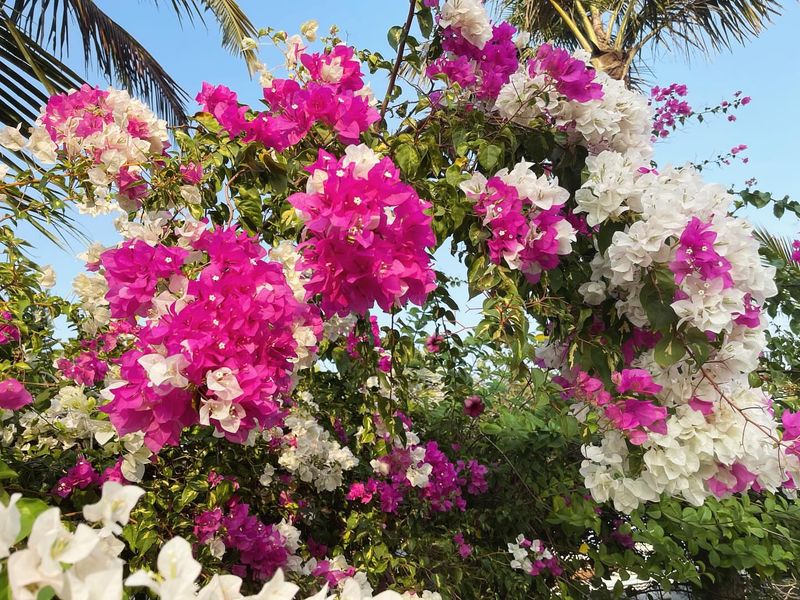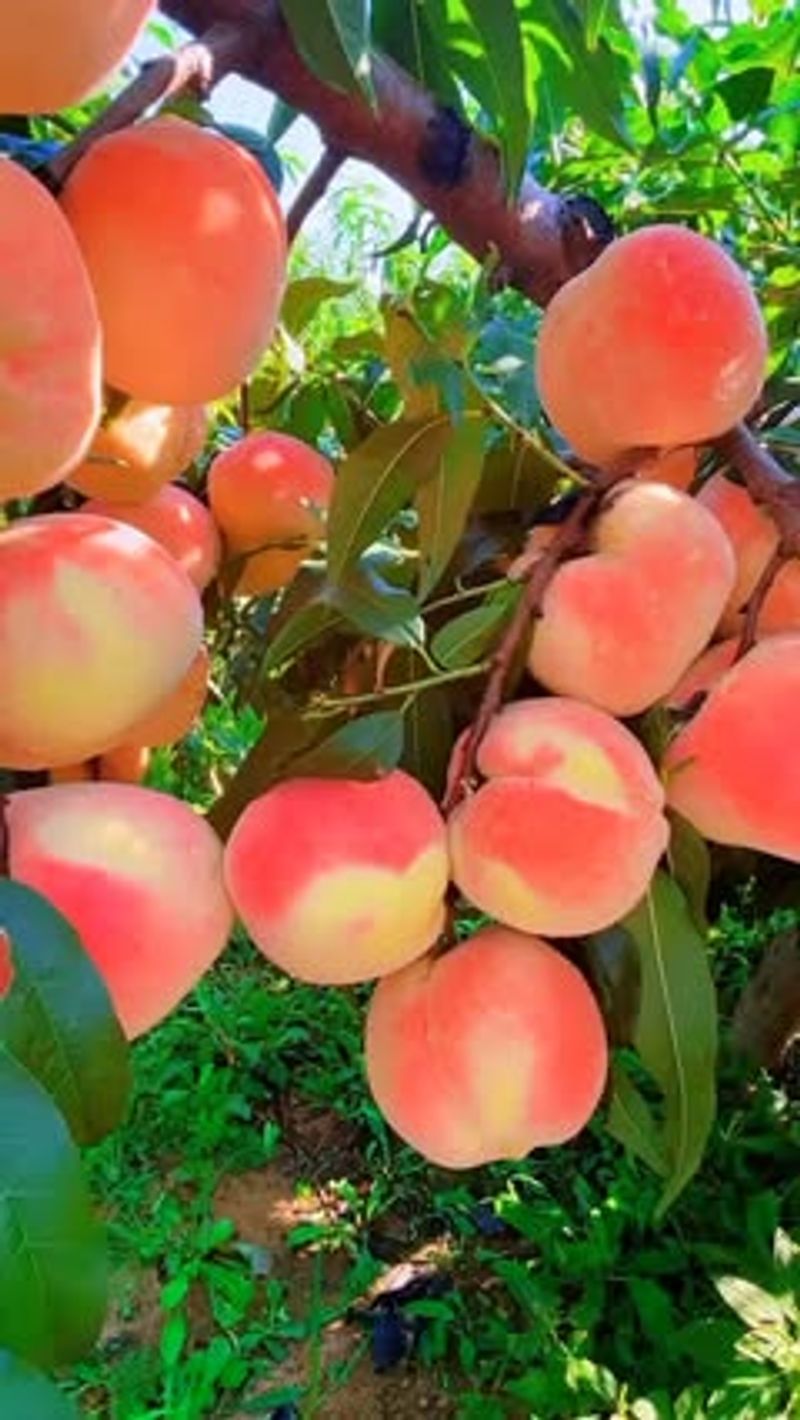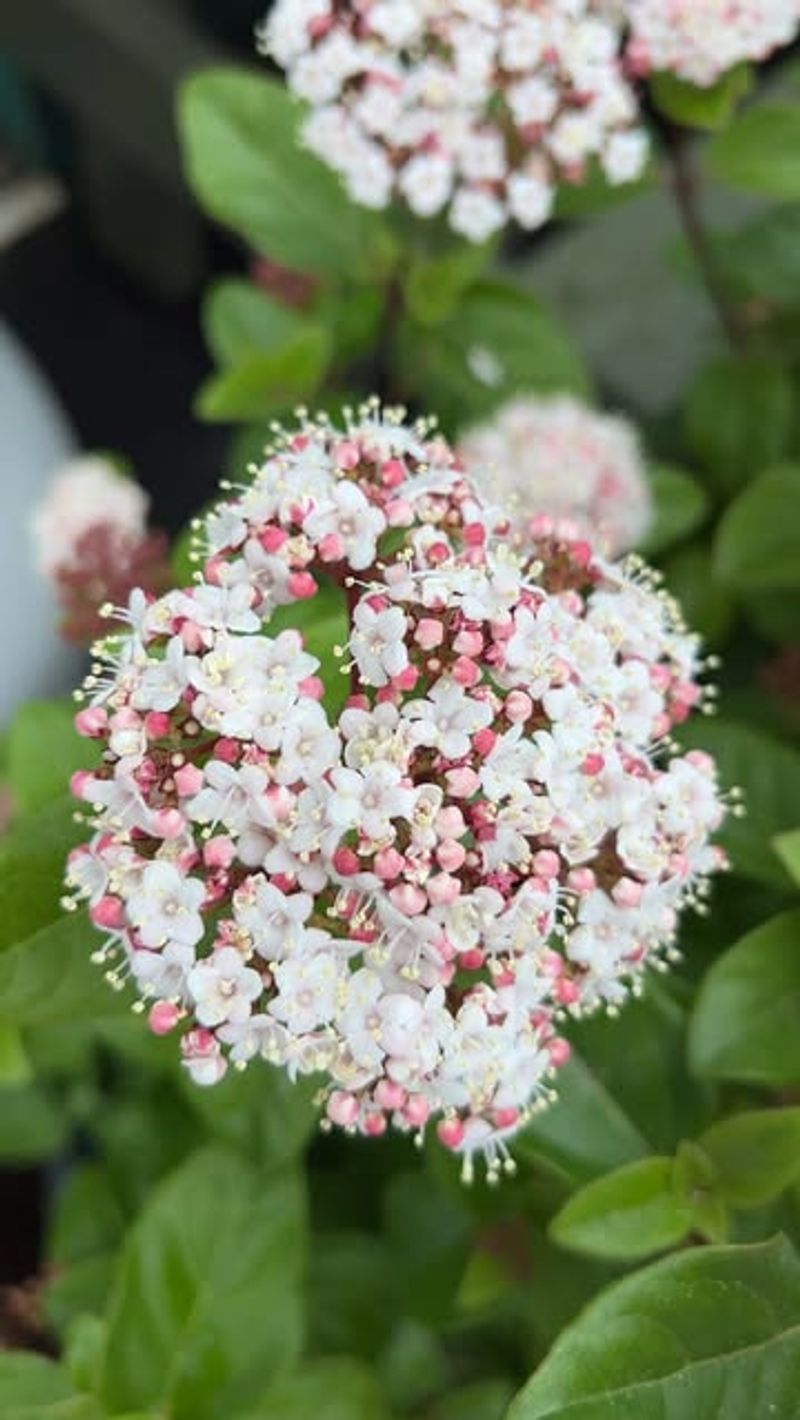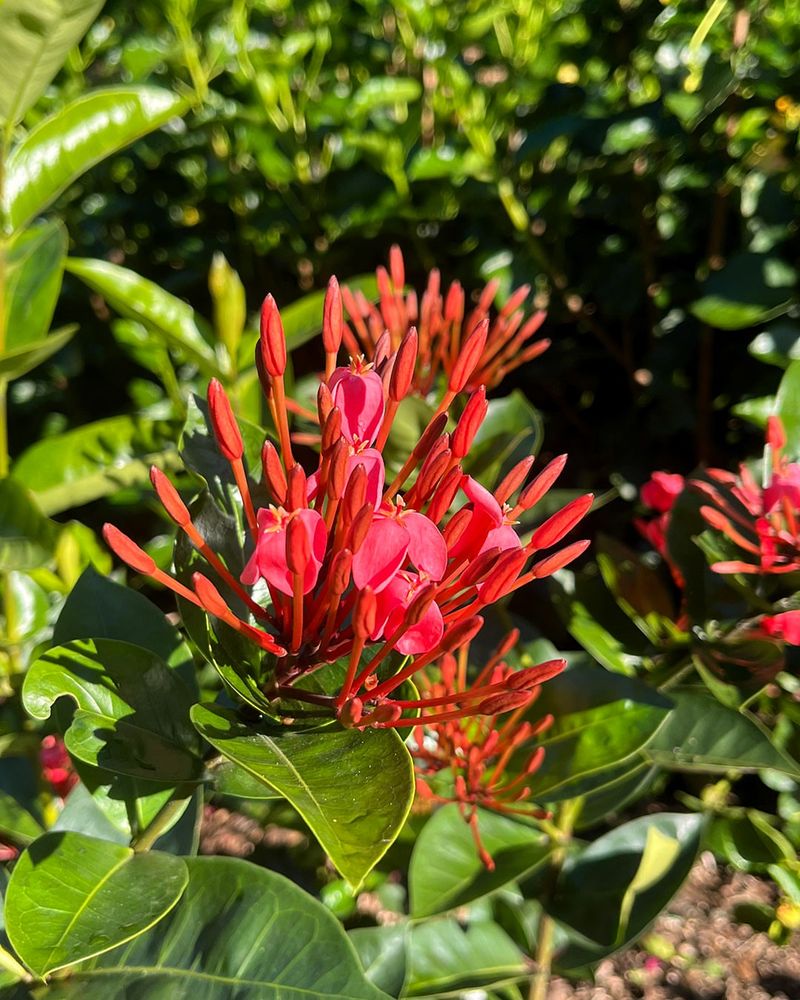In Florida’s fast-growing landscapes, it’s tempting to reach for the shears when plants start getting wild. But timing is everything—and pruning the wrong ones in summer can do more harm than good. Some shrubs stress out, some stop blooming, and others might not bounce back at all.
Knowing what to leave alone during the heat can save you from weak growth, missed flowers, and garden regret down the line.
1. Azaleas
Azaleas form their flower buds in summer for next spring’s spectacular show. Cutting them back during hot months removes those potential blooms, leaving you with a disappointing display next year.
The intense Florida heat already stresses these woodland shrubs. Adding pruning wounds creates additional stress points where diseases can enter. Wait until right after spring flowering to shape these beauties.
2. Magnolia Trees
Stately magnolias bleed sap profusely when cut in summer, attracting pests and creating entry points for diseases. The exposed cuts struggle to heal in Florida’s humid conditions, often becoming breeding grounds for fungi.
Their slow-growing nature means recovery takes longer than other trees. If you must remove damaged limbs, February is your best bet – when the tree is dormant but before spring growth begins.
3. Gardenias
Summer is prime flowering time for these fragrant favorites! Pruning now cuts away the very blooms you’ve been waiting for all year. The stress from summer pruning can trigger bud drop on remaining stems.
Gardenias prefer being shaped right after their main flowering period ends. Save your pruners for early fall when the plant can recover before cooler weather arrives. A light touch is always best with these somewhat finicky shrubs.
4. Oak Trees
Summer pruning of oaks in Florida creates a dangerous invitation to oak wilt disease. The open wounds attract beetles that carry this deadly fungus, which can kill a majestic oak within months.
The extreme heat stresses these trees, making healing slower and more difficult. Professional arborists recommend limiting oak pruning to December through February when beetle activity is lowest. Emergency pruning requires immediate wound sealing to protect these valuable trees.
5. Hydrangeas
Many hydrangea varieties bloom on old wood, meaning next year’s flower buds are forming during this summer. Snipping them now removes those potential blooms completely!
Florida’s heat already challenges these moisture-loving plants. Summer pruning creates additional stress that can lead to decline. The best time to shape most hydrangeas is immediately after flowering ends, giving them plenty of time to set new buds for next season.
6. Citrus Trees
Florida’s signature fruit trees are actively growing and often setting fruit during summer months. Pruning now removes developing fruit and exposes previously shaded branches to potential sunscald.
The cuts also stress the tree when it’s focusing energy on fruit production. Most citrus only needs minimal pruning anyway – mainly to remove dead wood and water sprouts. February to early March provides the ideal window for necessary trimming, well before summer’s intense heat arrives.
7. Camellias
Summer is when camellias set their buds for winter’s gorgeous blooms. Take pruners to them now and you’ll literally be cutting away next season’s flowers before they have a chance to develop.
These elegant shrubs already find Florida’s heat challenging. Adding pruning stress during summer can weaken the plant significantly. Wait until after flowering ends in late winter or early spring to shape these beauties, giving them the full growing season to recover.
8. Avocado Trees
Florida avocado growers know summer pruning invites sunburn on previously shaded branches and fruit. The sudden exposure to intense rays can damage the bark, creating entry points for pests and diseases.
Avocados are actively growing and often fruiting during these hot months. Cutting now diverts energy away from fruit production. March is typically the best time for shaping these trees, after harvest but before the next growth flush begins.
9. Plumeria
Those gorgeous tropical flowers that define Florida landscapes need summer’s energy to produce their famous blooms. Pruning during this active growth period removes flower buds and disrupts the plant’s natural cycle.
The milky sap flows more freely in summer heat, making cuts messier and potentially irritating to skin. Late winter to early spring, when the plant is still somewhat dormant, provides the perfect window for shaping these tropical beauties before their growing season begins.
10. Crape Myrtles
Summer is showtime for crape myrtles! These flowering trees put on their spectacular display during the hottest months, so pruning now literally cuts away the very show you’ve been waiting for.
Many Florida gardeners make the mistake of “crape murder” – severe topping that damages these resilient trees. The best approach is minimal pruning in late winter to early spring, removing only crossed branches and suckers while maintaining the tree’s natural form.
11. Hibiscus
Tropical hibiscus plants flower on new growth, and summer is prime blooming season in Florida. Taking pruners to them now removes developing flower buds and interrupts their natural flowering cycle.
The stress of pruning combined with summer heat can weaken these plants significantly. Late winter or early spring provides the ideal window for major pruning, giving them plenty of time to recover and set new buds before the main flowering season arrives.
12. Bougainvillea
These vibrant flowering vines produce their most spectacular show during Florida’s warm months. Summer pruning removes the colorful bracts that make bougainvillea famous, essentially eliminating their main ornamental feature.
Their thorny stems make summer pruning particularly unpleasant in the heat. Wait until late winter for major pruning, when the plant is somewhat dormant. Minor shaping can be done after each flowering cycle ends to encourage more blooms without sacrificing the current display.
13. Spring-Flowering Shrubs
Forsythia, spirea, and other spring bloomers set their flower buds during summer months for next year’s display. Taking pruners to them now means removing those potential flowers before they have a chance to develop.
The best approach is pruning immediately after flowering ends in spring. This gives plants the entire growing season to recover and form new buds. Florida’s long growing season means these shrubs have plenty of time to rebound if pruned at the right time.
14. Peach Trees
Florida’s low-chill peach varieties form their fruit buds in summer for next year’s harvest. Summer pruning removes these developing buds, directly reducing your future fruit crop.
The open cuts heal slowly in summer heat and humidity, creating entry points for borers and diseases. Late winter is ideal for peach pruning, when the tree is still dormant but before spring growth begins. This timing also makes it easier to see the tree’s structure.
15. Viburnum
Many viburnum varieties bloom in spring, then set next year’s flower buds during summer months. Pruning now removes those developing buds, reducing next season’s flowering display significantly.
Florida’s heat already stresses these plants, making summer recovery from pruning more difficult. Wait until right after flowering to shape these versatile shrubs. For purely foliage varieties grown as hedges, avoid major pruning during the hottest months when recovery is slowest.
16. Ixora
These tropical flowering shrubs produce their vibrant clusters continuously throughout Florida’s warm months. Summer pruning removes developing flower buds and interrupts their spectacular display when it should be at its peak.
The stress of pruning combined with intense heat can trigger leaf drop and reduced flowering. Light grooming to remove spent blooms is fine, but save major reshaping for early spring. This popular Florida landscape plant recovers best when pruned before the main growing season begins.

